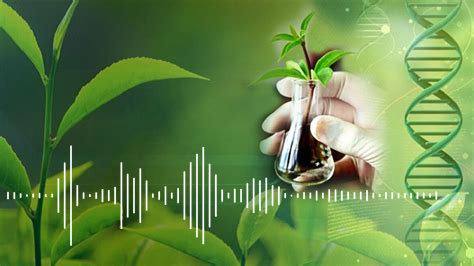Advanced Monitoring of Plant Physiology in Arboretums and Botanical Gardens

The Babbeleaf device introduces a new method for the longitudinal study of plant physiology in managed collections such as arboretums and ornamental gardens. By capturing and recording plant electrophysiological data, this instrument provides curators and researchers with a continuous stream of objective metrics on plant status and response to environmental conditions.
Plant electrophysiology—the study of electrical phenomena in plant cells and tissues—provides insight into physiological processes. The Babbeleaf device measures micro-voltage differentials associated with responses to variables like water availability, temperature shifts, and soil conditions. This data is output as calibrated waveforms for computational analysis, with a separate sonified audio stream for real-time monitoring.
In an arboretum setting, Babbeleaf can be deployed to monitor the health of valuable specimen trees over time. Tracking electrical potential variations can help researchers establish baselines for healthy activity and identify deviations that may indicate stress from pests, disease, or sub-optimal growing conditions, often before visible symptoms manifest. This supports more proactive and precise conservation management.
Ornamental garden managers can utilize the device to assess the efficacy of different cultivation practices. By applying Babbeleaf to various plants under different care regimes—such as varied irrigation schedules or soil amendments—managers can gather empirical data on which practices elicit the most stable or positive physiological responses, moving garden management from aesthetics-driven to data-informed.
The educational potential of this objective data is significant. Arboretums and botanical gardens can use Babbeleaf to demonstrate plant physiology principles to students and the public. Displaying real-time electrophysiological data provides a tangible, data-driven view of how plants interact with their environment, moving beyond traditional visual observation.
In summary, the Babbeleaf device provides arboretums and ornamental gardens with a tool for quantitative plant health assessment. Its ability to capture electrophysiological data offers a new metric for research, collection management, and public education, supporting the advanced horticultural practices required to maintain diverse plant collections in a changing climate.
